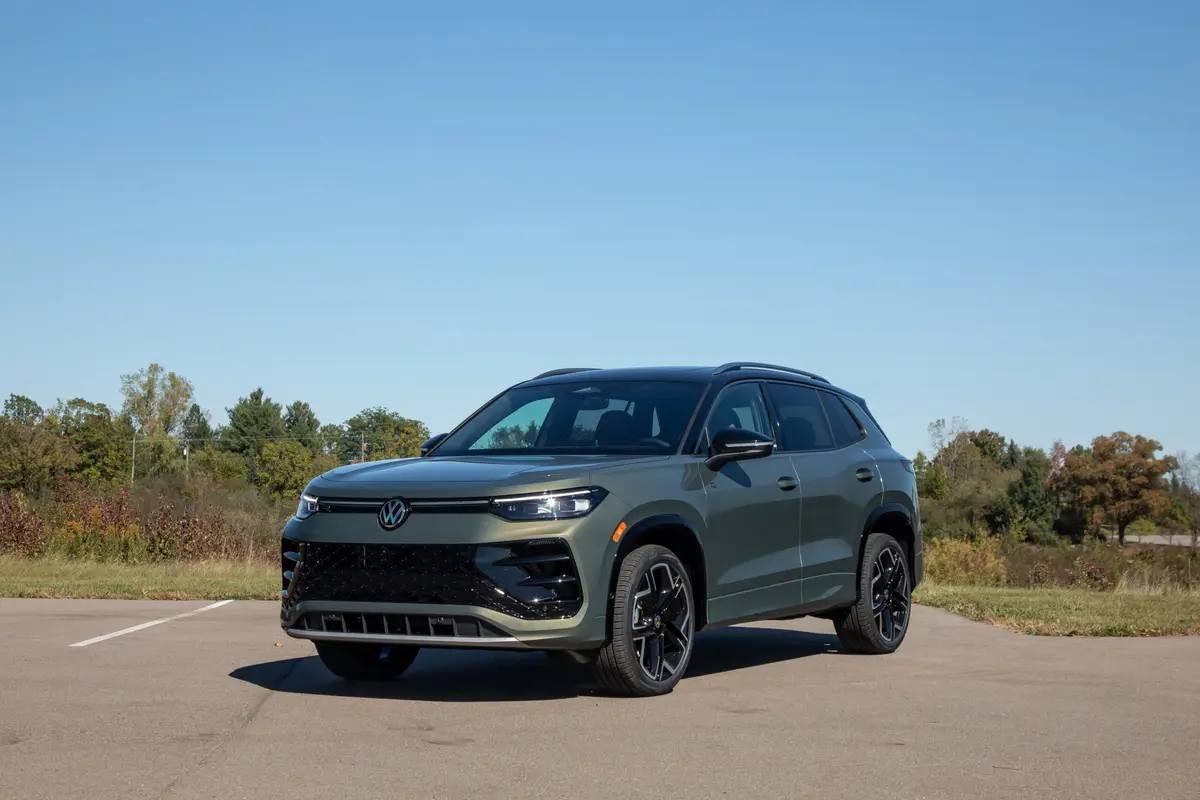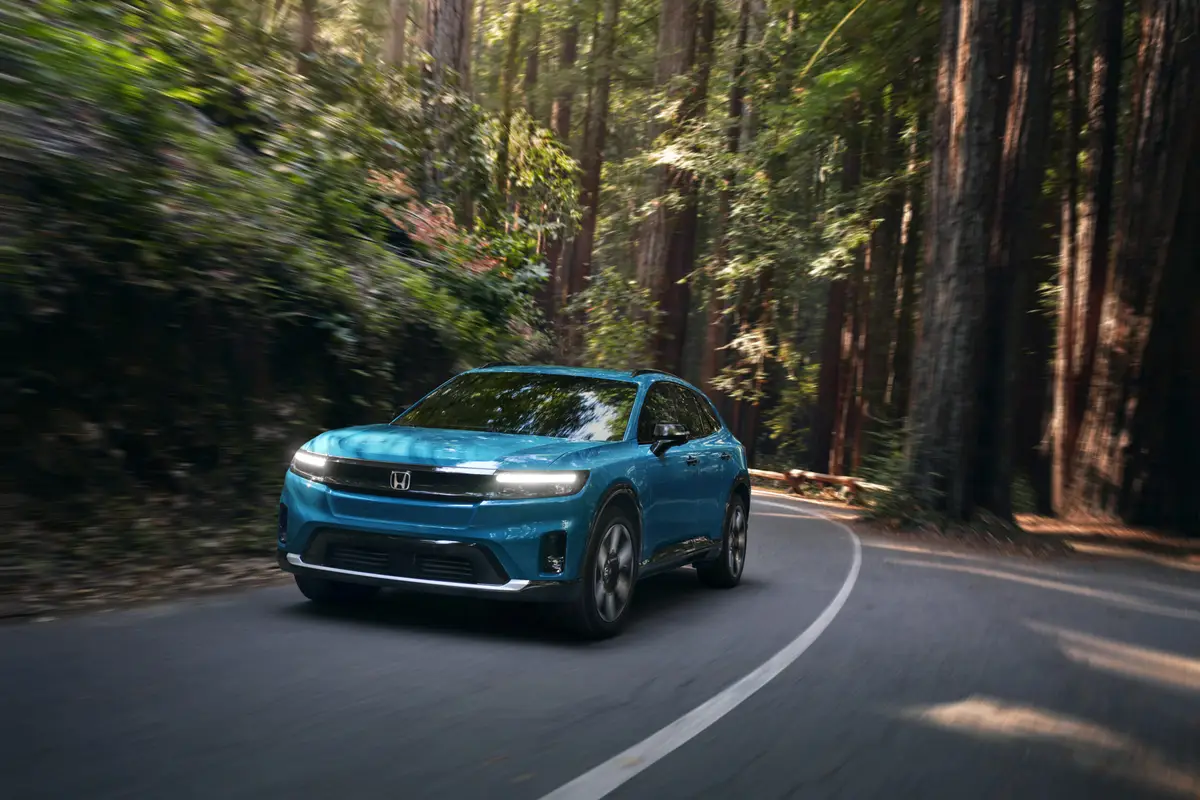The Morning Call and Mcall.com's view
The Premier had to make a slight detour on the way to the showroom when Chrysler Corp. bought out AMC but it has now arrived in force and looks as if it is here to stay.
This brand new American car, among other things, has an intriguing international background to it. The original name for this front-wheel drive, four-door sedan was the Renault Premier. The French manufacturer, which owned a major share of AMC, used as a basis for the car its R-25 model, a very successful European car that was perhaps just a little too French for the American market.
A well-known Italian designer, Giorgetto Giugiaro, whose designs range from the Maserati Bora to the Volkswagen Rabbit and many others in between, is responsible for the European overtones of the design. And like many other American cars, the Premier is built in Canada at a new state-of-the-art plant outside of Toronto.
But to bring everything back where it belongs, Chrysler gave the car a name as American as, well the national emblem, the Eagle Premier. Before anyone gets confused, it should be noted that the Eagle Premier has nothing whatsoever to do with the four-wheel drive AMC Eagle, dropped from production last month (it really just died of old age and updating neglect).
Now that one is no longer confused, it also should be noted that the Premier can be seen at Eagle-Jeep dealerships, or what used to be AMC-Jeep- Renault dealerships.
The test car (supplied by Shoemaker Eagle-Jeep on Walbert Avenue, South Whitehall, and Freemansburg Avenue, Easton,) was an ES model, which looked and acted as if it were a European sports sedan. (The other model is the LX, a more traditional looking and acting sedan.) Now everybody but everybody is building a European sports sedan and the Premier does have a legitimate claim on this title.
At a quick glance, the ES can be distinguished (from the LX) by its sporty, wide lower body-side cladding, a sort of trademark of this type of car. Not distinguished by looking but quickly apparent when driving, is the ES’s firmer suspension and ride.
The Giugiaro design is attractive (in either model) and is neither too European or too aerodynamic. In the words of Giugiaro, ”We tried to create a classic car. One which doesn’t shock you on first impression or for the first five weeks of ownership, but one which will be admired over the years.”
In an age when small cars are growing and large cars shrinking, the Premier is a decent sized car. Wheelbase measures 105.5 inches, length, 192.7 inches; width, 69.8 inches; height, 55.87 inches, and weight, 2,931 pounds. Although Eagle is calling the Premier an intermediate, it has an EPA interior volume index of 121.3 cubic feet and is designated as a ”large car” by that federal standard. Probably the reason for Eagle’s classification is that the intermediate market is bigger than the large car market. Other manufacturer’s sell compacts as subcompacts and sports cars as sporty cars for the same reason – a bigger market share.
But regardless of what you want to call it, the Premier has a good-sized interior. The ES, with its individual front seats and center console, is rated for five-passenger. (The LX with a 5 5/45 split front bench seat has six- passenger capacity.) Front seat room is spacious and rear seat passengers will have plenty of leg room even with the front seats extended fully aft. Helping entrance and egress are ”limousine” type doors. The trunk is rated at 16.3 cubic feet and, if anything, it seems larger than that.
Slipping behind the wheel, the driver sees instruments that are easy to read and controls that are thoughtfully laid-out. Electronic control modules are located on either side of the steering column and include controls for instrument panel display illumination, headlamps, heat, windshield wiper/ washers, air conditioner and rear window defogger.S rt of like dash- mounted controls only they are moved i n closer. However, they are still far enough away that the driver won’t activate them accidentally when steering the car.
The turn signal switch and selector lever for the automatic transmission are, though, a little unusual, to say the least. The turn signals are operated electronically by an up-and-down lever as opposed to the more conventional steering column stalk. The signals do not cancel out by completing a turn but rather are computer controlled. The advantage of this is that they will cancel themselves out if the driver inadvertently leaves the turn signal engaged. The transmission selector lever is dash mounted (as opposed to floor or steering column mounted) and has a couple of funny angles to it. It seems to work well, though it does look strange.
Once underway in the ES, the driver will notice that steering wheel resistance is rather firm. Like other sport sedans, this is intentional and will give the driver a better ”feel” of steering. At a standstill or near standstill, the steering is much softer so that parking and low speed maneuvering do not require extra effort. The ride is also quite firm because of the sport suspension and big Goodyear Eagle GT+4 all-season performance tires.
The Premier’s four-wheel independent suspension features a MacPherson strut-type independent suspension with inclined coil springs, negative scrub radius and linkless stabilizer bar up front. There is a unique twist axle, V- section, rear suspension that features high-pressure gas shock absorbers. The shocks are mounted well off vertical which, according to Eagle, reduces intrusion into the trunk and explains where all the trunk room came from. Completing the rear suspension are four parallel transverse torsion bars in each axle – two as primary load support springs and two to provide the stabilizer bar function.
The end result of all of this is outstanding handling. If you got the ability, the ES has the stability.
Powering the Premier ES is a new engine for an American car but a familiar one in Europe. It is a multipoint fuel-injected 3.0-liter/182-cubic-inch V-6 developed jointly by the consortium of Peugeot, Renault, Volvo (PRV) and is used in such European sport/luxury cars as the Renault R-25, Peugeot 505 and the Volvo 760 series.
The engine is rated at 150 horsepower at 5,000 rpm and 171 foot pounds torque at 3,750 rpm. This is a goodly amount of horses for a car weighing less than 3,000 pounds so, understandably performance is impressive.
Coupled to the engine is a ZF 4HP18 four-speed automatic manufactured in West Germany. The transmission is obviously geared for performance with higher shifting points and quicker shiftdowns. In keeping with the rest of the ES, the transmission also has a firmness about it.
When everything is taken together, the ES will go from 0-60 in less than 10 seco nds. Fuel mileage is quite decent. The test car averaged 15 miles per gallon for city driving and 26 mpg on the highway. Some of this driving was done in snow, so mileage could be better in the good old summertime.
If by this time you think the Premier ES is an expensive car, well, you’re wrong. The price is quite reasonable for this day and age. The base is $14,079 and the price includes a high level of trim and appointments and a good deal of standard equipment. Options on the test car totaled $1,931 and included air conditioning, $837; power window and lock group, $660; premium audio system, $298; rear window defogger, $148; tilt steering, $125; power antenna, $70; power mirrors, $48, and floor mats, $45. Add $425 for delivery and the total comes to $16,435. (Reflected in the price is a $300 discount on options.)
The Premier is covered by a 12-month, 12,000-mile basic vehicle warranty, a 7-year, 70,000-mile coverage on major engine and powertrain compon nts, and an outerbody rust-through corrosion protection of 7 years or 100,000 miles. (Galvanized steel, either one or two side, is employed in all critical exterior body panels.)
Latest news



